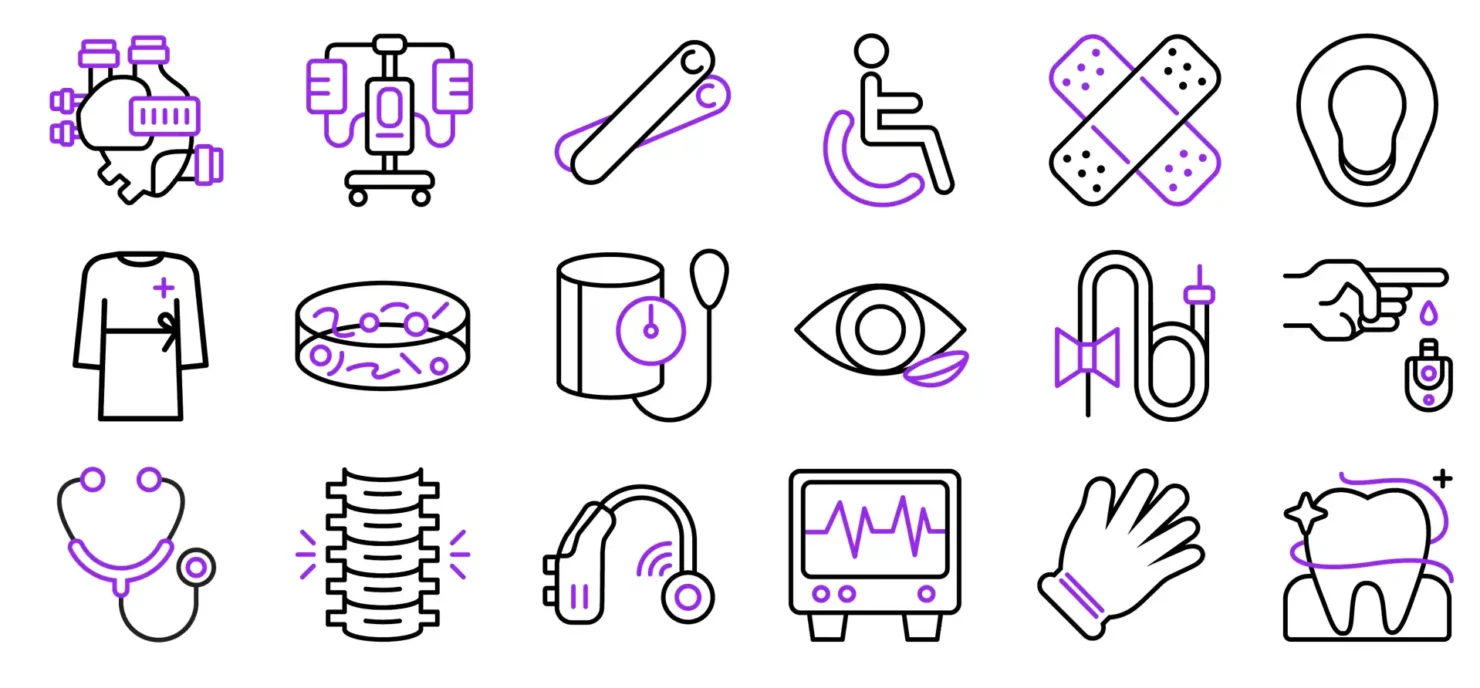
Difference Between Class 1, 2, and 3 Medical Devices
Understanding medical device classifications is critical for compliance, risk management, and time-to-market success. Whether you’re designing a wearable sensor or a life-sustaining implant, knowing how your device fits into FDA Class 1, 2, or 3 categories is essential.
That’s why StarFish Medical created this free Medical Device Classification Infographic—a clear, visual guide that simplifies the differences between device classes and helps your team plan smarter for development and regulatory approval.
Why MedTech Teams Use This Infographic
Regulatory classification impacts your entire product roadmap—from design controls and verification to clinical evidence and submission strategy. This infographic helps you:
- Understand the regulatory requirements for each device class
- Identify examples across diagnostic, therapeutic, and surgical devices
- Plan development timelines based on FDA oversight levels
- Communicate classification implications clearly to your team and stakeholders
What You’ll Learn: Class-by-Class Clarity for MedTech Teams
A concise visual breakdown of:
- Class 1 Devices: Low-risk general controls like bandages, thermometers, and stethoscopes
- Class 2 Devices: Moderate-risk tools such as infusion pumps, catheters, and hemodialysis systems
- Class 3 Devices: High-risk, life-supporting implants like pacemakers and ventricular assist devices
- A quick reference for FDA submission types (510(k), PMA) and examples from across medtech sectors
Is This Medical Device Classification Infographic Right for You?
This resource is ideal for:
- Product development and regulatory teams
- Quality and compliance professionals
- Entrepreneurs bringing new medtech products to market
- Engineers seeking clarity on design control implications
Download Your Free Medical Device Classification Infographic Now
Your Medical Device Classification Questions Answered
What is the difference between Class 1, 2, and 3 devices?
Device classes reflect the level of risk and required regulatory control. Class 1 covers low-risk general controls; Class 2, moderate-risk devices requiring 510(k) clearance; and Class 3, high-risk devices needing premarket approval (PMA).
Why does classification matter?
It determines design documentation, testing rigor, submission path, and manufacturing controls—fundamental to compliance and patient safety.
Is this infographic free?
Yes. Simply fill out the form to download your copy instantly.